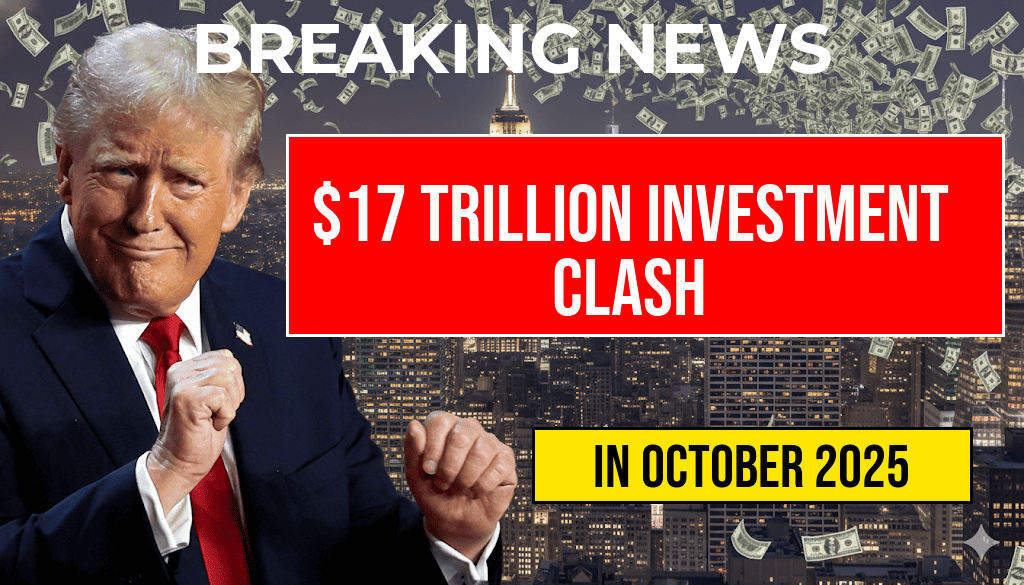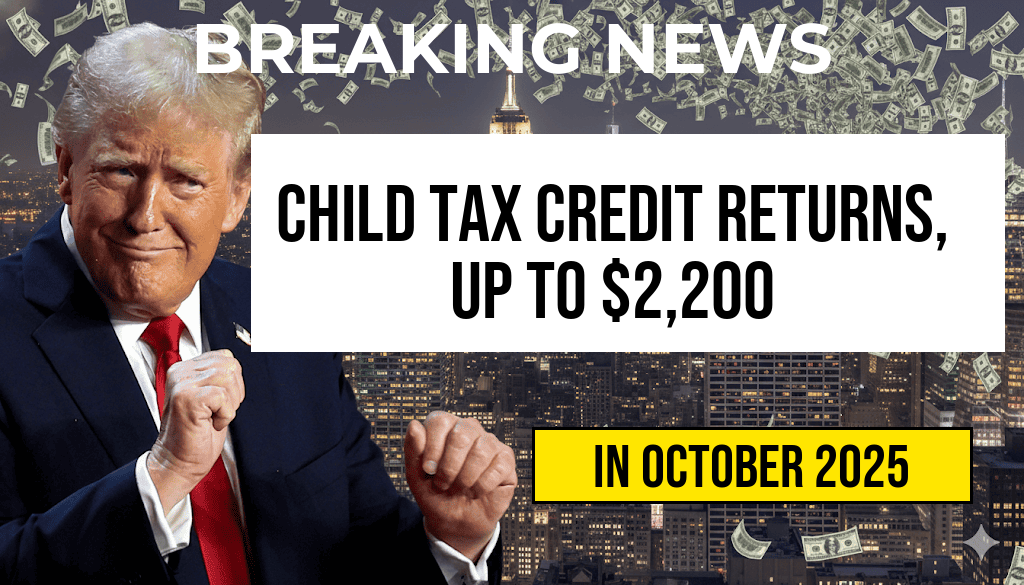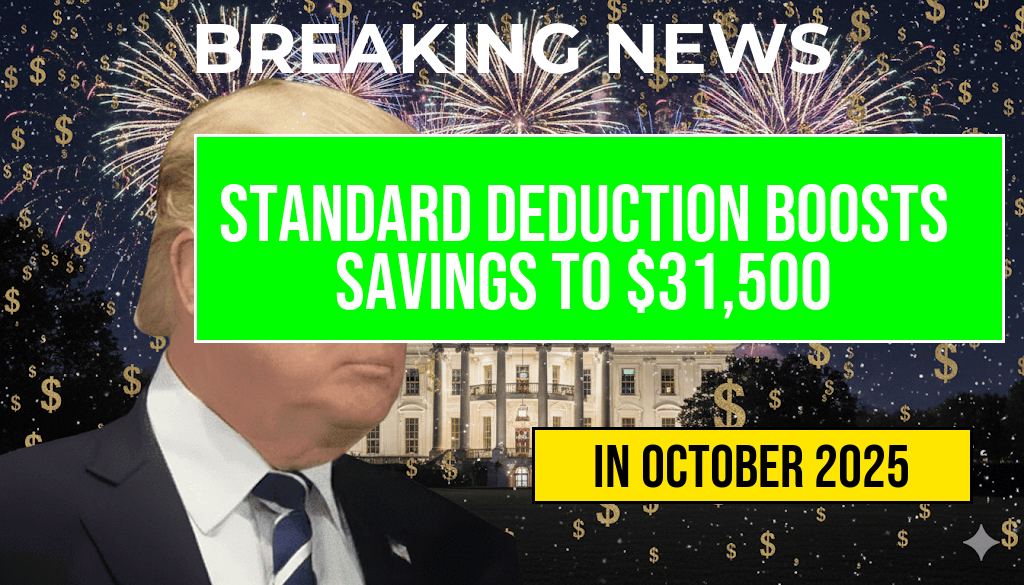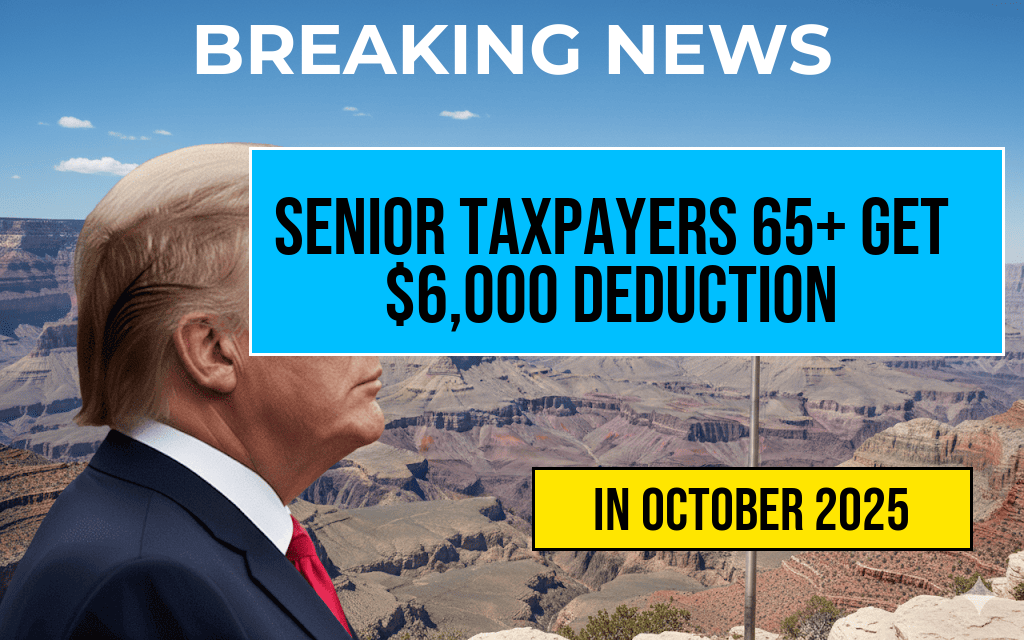Amid mounting debate within financial and geopolitical circles, the figure of Trump’s estimated global investment total has become a contentious topic. The figure, reportedly reaching as high as $17 trillion, has sparked fierce disagreements among economists, analysts, and policymakers over its accuracy and implications. Proponents argue that the figure reflects the expansive scope of President Trump’s business dealings and investments spanning multiple countries, while critics contend that it is an inflated estimate that overstates the actual dollar value of his international financial footprint. As discussions intensify, questions about transparency, valuation methods, and the broader impact on global markets have come to the forefront, prompting calls for clearer accounting and more rigorous analysis.
Dissecting the $17 Trillion Estimate
Origins of the Figure and Its Sources
The $17 trillion estimate primarily stems from a compilation of Trump’s reported assets, investments, and business holdings worldwide. According to sources close to the analysis, it includes real estate holdings, corporate investments, licensing agreements, and partnerships. The figure is derived by aggregating publicly available data, filings, and third-party valuations, though the methodology remains a subject of debate.
Some analysts point to comprehensive reports by financial research firms that have attempted to quantify Trump’s international economic footprint. Notably, the estimate encompasses investments in sectors ranging from real estate development to licensing deals in industries such as hospitality, entertainment, and branding. The scope also extends to stakes in foreign companies and joint ventures, which further complicates precise valuation.
Points of Disagreement Among Economists
| Viewpoint | Arguments |
|---|---|
| Supporters | Claim the figure accurately captures the scale of Trump’s international business empire; argue it demonstrates significant economic influence and investment reach. |
| Critics | Argue the figure is inflated due to inconsistent valuation methods, inclusion of non-liquid assets, and overlapping holdings; warn it may overstate actual market value. |
| Neutral Analysts | Emphasize the need for standardized valuation metrics and transparency; note that the figure offers a rough estimate rather than precise accounting. |
Implications for Global Markets and Political Discourse
Economic Influence and International Relations
Supporters see the $17 trillion figure as evidence of Trump’s substantial economic footprint that could influence international relations and trade negotiations. They argue that such scale provides leverage in diplomatic dealings and underscores the importance of his business interests in shaping U.S. foreign policy.
Conversely, critics warn that conflating personal wealth with national economic influence risks blurring accountability and transparency. They suggest that overestimating the scope of Trump’s investments could lead to misconceptions about the true state of his financial entanglements and potential conflicts of interest.
Legal and Ethical Considerations
Legal experts have raised questions about how the valuation of assets impacts ongoing investigations into financial disclosures and potential conflicts of interest. The ambiguity surrounding the $17 trillion figure underscores the challenges in establishing clear boundaries between private wealth and public responsibilities.
Broader Context and Public Perception
The Role of Valuation Methodologies
The controversy highlights the broader issue of how assets are valued, especially when dealing with private holdings, intangible assets, and complex international investments. Differences in valuation approaches can result in vastly divergent figures, complicating public understanding and policymaker assessments.
Transparency and Future Reporting
Calls for greater transparency have intensified, with some urging for detailed disclosures and independent audits to establish a more accurate picture of Trump’s global investments. Such measures could help clarify the true scale of his financial influence and prevent misconceptions from influencing policy debates.
Summary Table of Key Metrics
| Asset Class | Estimated Value | Notes |
|---|---|---|
| Real Estate Holdings | $8 trillion | Includes properties across North America, Europe, and Asia |
| Business Investments | $5 trillion | Stakes in various corporations and joint ventures |
| Licensing & Branding | $2.5 trillion | Value of licensing agreements and brand-related assets |
| Other Assets | $1.5 trillion | Intangible assets, financial instruments, and non-liquid holdings |
As debates over the $17 trillion figure continue, the discussion underscores the challenges inherent in quantifying complex, multi-national financial footprints. Whether viewed as an accurate reflection or an overreach, the figure has become a focal point in understanding the intersection of personal wealth, global investment, and political influence. For deeper insights into asset valuation methods and financial transparency, readers can consult resources like Wikipedia’s valuation page and Forbes.
Frequently Asked Questions
What is the main controversy discussed in the article?
The article centers around the debate among economists regarding President Trump’s estimated global investment total of $17 trillion, with differing opinions on its accuracy and implications.
Why is the $17 trillion figure considered significant?
The $17 trillion figure represents a substantial portion of global investments, raising questions about economic influence, policy impact, and the accuracy of estimates used to gauge international economic engagement.
What are the main arguments of economists who support the estimate?
Supporters believe that the $17 trillion estimate accurately reflects Trump’s investments and their potential economic impact, emphasizing the importance of recognizing global economic contributions and investment scale.
What criticisms do economists have regarding the estimated total?
Critics argue that the estimate may be inflated or misleading, citing methodological issues, lack of transparency, and the potential for overestimating Trump’s actual investments in the global context.
How could this debate affect economic policy and public perception?
The debate influences policy decisions and public understanding of international investments, potentially impacting trust in economic data and shaping future investment strategies and political discourse.






